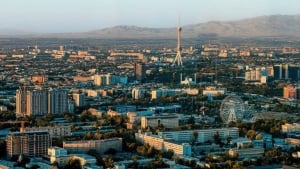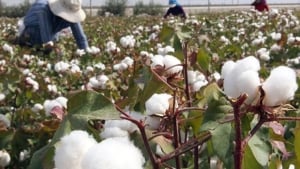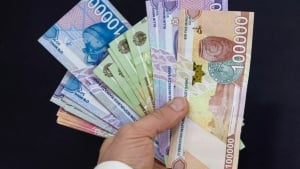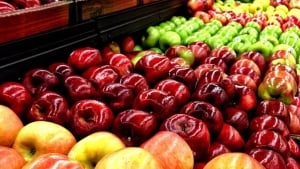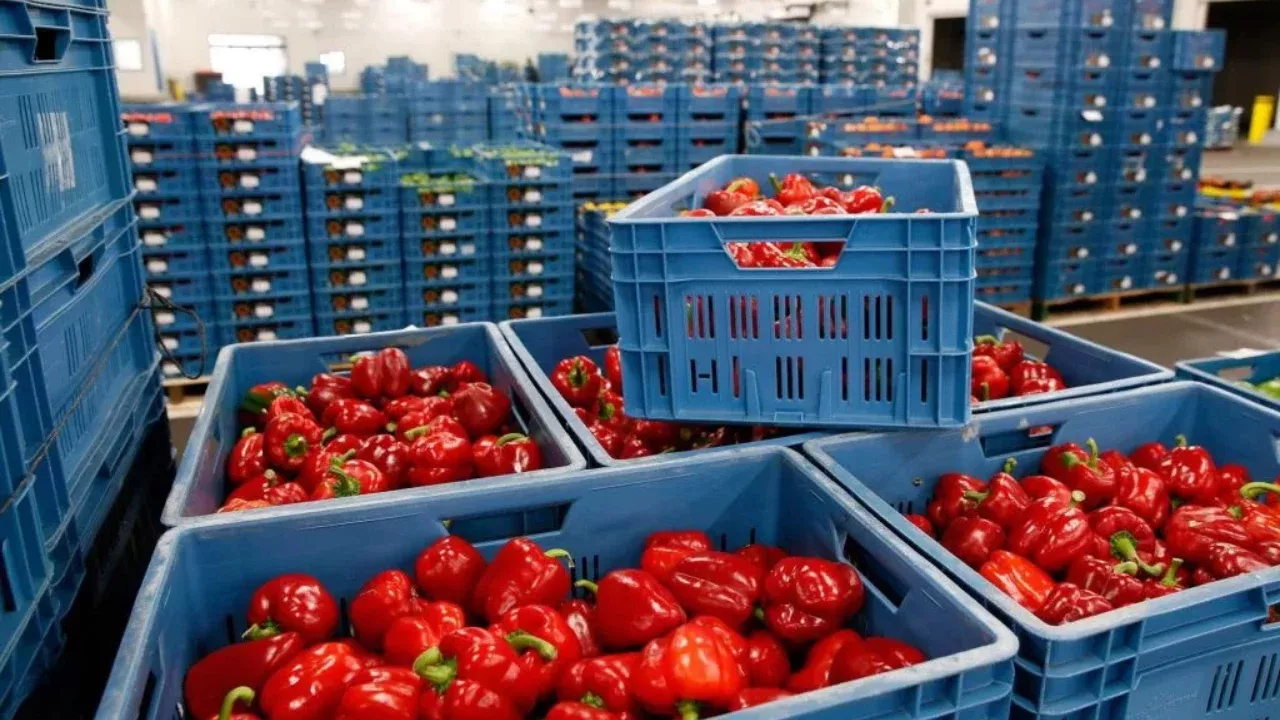
In recent years, Uzbekistan's export policy has expanded, and efforts to target new markets have significantly developed. This was reported by Zamin.uz.
In particular, the growth in the export of agricultural products, especially fruits and vegetables, indicates significant changes in the country's economy. According to the Economic Research and Reform Center (IMRI), from 2019 to 2024, Uzbekistan exported fruit and vegetable products to 73 countries.
This figure is five more countries compared to 2019. The growth in export volume is related to quality standards, production of products based on international requirements, and improvements in the logistics system.
Experts consider this as evidence that Uzbekistan is increasing its competitiveness in international markets. Nevertheless, a large portion of the export volume is accounted for by five main buyers.
By the end of 2024, this group constituted 71.7 percent of total exports. In 2022, this figure reached 83.8 percent.
Russia remains the largest buyer. In 2024, 38.7 percent of Uzbekistan's fruit and vegetable products were exported to Russia.
Following it are Pakistan (13.5 percent), Kazakhstan (12.6 percent), China (8.9 percent), and Afghanistan (8 percent). At the same time, the share of exports to CIS countries has decreased from 69.4 percent to 57.7 percent, indicating that Uzbekistan is focusing on new regional markets.
The share of exports to European Union countries increased from 2.1 percent in 2019 to 2.4 percent in 2024. Although this figure is small, it indicates a growing focus on diversifying export directions and improving quality.
The geographic diversification index calculated by IMRI shows that exports are stable and prone to expansion. Each new country means a new market, new demand, and new standards.
European markets are considered the most complex in terms of sanitary, phytosanitary, and environmental requirements. It is a positive development that Uzbekistan has begun to meet these requirements.
Experts believe that to expand fruit and vegetable exports, it is necessary to strengthen promotional activities, establish new partnerships, and simplify certification processes. Especially if strategies aimed at exporting organic products are developed, the share in the European market will further increase.
Additionally, modern logistics approaches, the development of agro-technology, and active participation in international exhibitions are crucial for expanding Uzbekistan's export map. In conclusion, the main buyers currently remain Russia, Pakistan, and Kazakhstan, but the geography of exports is gradually diversifying.
This process is taking place based on quality, competitiveness, and international requirements. Steps aimed at the European market are strategically significant actions.


